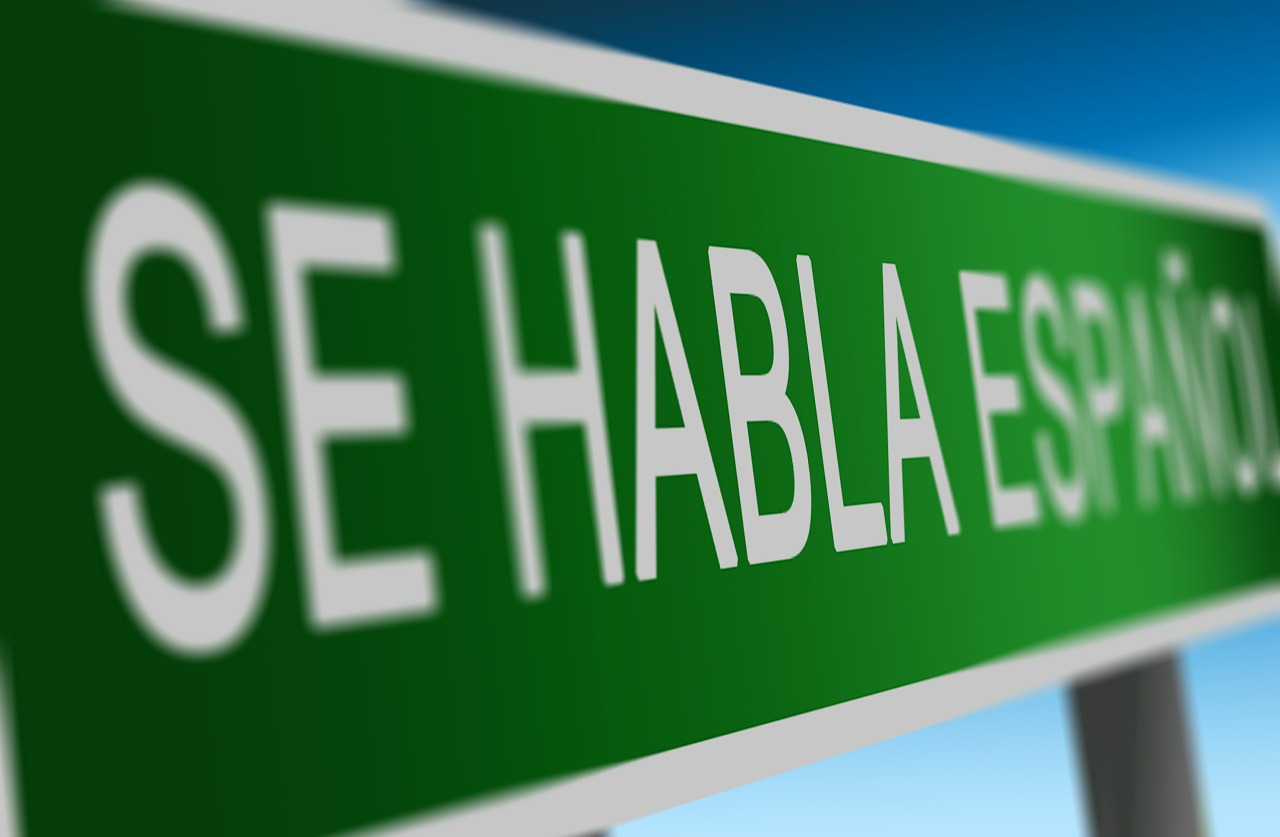The Kingdom of Sweden is a modern country with many traditions and an exciting culture, and it is one of Scandinavia’s most beloved travel destinations. Its international fame and popularity are often associated with one of the world’s leading furniture retailers, the many children’s books of Astrid Lindgren, the literature and film adaptations of Henning Mankell and Stieg Larsson and, last but not least, the Swedish royal family and the Nobel prize.
But there’s much more to Sweden that just this. To learn more about the culture and people of this fascinating country — and what makes it one of the happiest places on Earth (ranked 7th according to the 2019 Happiness Report) — keeping reading!
What makes Sweden and the people who live there unique?
Sweden is a welfare state that provides social security for its citizens through tax-funded services, including comprehensive child care, financial support for parents, universal health care and elderly care.
The Swedish model, which was first introduced in the 1930s, has faced challenges in the past and has gone through a number of cutbacks, most recently because of financial crises. But despite this, the social well-being of its citizens remains one of the core aspects of Swedish politics to this day.
Apart from its high levels of social care, the Swedish employment market boasts many other positive characteristics:
- A relatively low unemployment rate of just 6% for workers aged 20 to 64 (as of 2017)
- The highest employment rate in Europe (83.3% as of Q1 2019)
- One of the highest female employment rates in Europe
And when it comes to gender equality and the sexual self-determination of women, Sweden is on the leading edge, with its very own Swedish Gender Equality Agency.
Life, Swedish style: laid back, happy and cozy
Sweden’s generous social security system isn’t the only reason its citizens are some of the happiest people in the world. Swedish culture, as well as the Swedish mentality and perspective on life, plays a big role in the characteristic easygoingness of Swedes.
The Swedish mentality: flat hierarchies and modesty
The Swedish propensity for informal forms of address, as well as their dislike of hierarchies, is reflected both in the real world and the “Law of Jante” (Jantelagen in Swedish) from the fictional novel A Fugitive Crosses His Tracks by Aksel Sandemose, a set of rules which emphasizes personal modesty for the sake of the collective. This mentality is perhaps one of the reasons why the concept of financial redistribution (paired with high rates of taxation) has worked, and continues to work, so well in Sweden.
The value of work-life balance and family life in Sweden
Although the well-beng of the collective is extremely important in Swedish culture, the life of the individual revolves around his or her family and the well-being of the family. Job life and personal life are kept strictly separate from one another, and work and leisure time are kept in balance.
Swedes make the most of this work-life balance by spending quality time at home and outdoors. Forests make up more than half of the country’s land area (63%), and the landscape is characterized by an abundance of lakes and rivers.
Summer life in the great Swedish outdoors
Sweden’s snowy winters and warm summers, typical of continental climates, make it a paradise for nature lovers. The country has 30 national parks offering activities of all kinds, most of which are easily accessible.
Finding quiet, unsettled places in Sweden isn’t difficult: a whopping 97% of the country’s territory is uninhabited, and the population density of its inhabited areas comes to just 22 Swedes per square kilometer. Sweden’s Allemansrätten (“everyman’s right”) guarantees the free accessibility of the country’s wild and, in some cases, privately owned lands for each person.
Traditional Swedish celebrations
Sweden’s long summer days are ideal for outdoor celebrations. Conviviality is an important part of the Swedish way of life and is showcased in the country’s numerous celebrations, many of which are famous around the world.
Most Swedish celebrations are linked to specific times of the year. Here are a few highlights:
June 6: National Day of Sweden
The National Day of Sweden celebrates Sweden’s independence from Denmark and Norway following the dissolution of the Kalmar Union, as well as the crowning of Gustav I. Eriksson Wasa on June 6, 1523 in Strängnäs in Södermanland County.
The shortest night of the year: midsommar (midsummer)
The summer solstice (midsommar) is celebrated every year in Sweden between June 20 and 26, and is the most important holiday after Christmas. If midsommer falls on a Saturday, celebrations typically begin on the Friday.
Midsommar celebrations are planned in great detail and include a wide range of traditional activities, including bonfires, music and dancing, food and drink, maypoles decorated with flowers, and local traditional costumes. Most midsommar events are held in the countryside, leaving the cities and their streets nearly deserted. Midsommar celebrates Sweden’s long summer days. In the country’s far northern territories, the days never end — in the South, the sun sets for just a couple hours each day.
Julfesten: Christmas in Sweden
Christmas celebrations in Sweden are concentrated around two particular events: Lucia — which is celebrated on December 13, but is not an official holiday — and Christmas itself. Lucia is celebrated all across Scandinavia to honor Saint Lucy and originally coincided with the shortest day of the year prior to calendar reforms, making it the winter counterpart to midsommar.
On Lucia day, each family selects a “Lucia”, typically the eldest daughter, who serves the family coffee and safron buns (called “lussekatt” in Swedish) in the morning and wears a white gown with a red waistband and a decorative headpiece with candles. She leads a traditional light procession, followed by other girls (“tärnor” in Swedish) and boys (“stjärngossar”) holding candles.
During Lucia, songs are sung in schools, churches, nursing homes and hospitals. And since its first occurrence in the magazine Stockholms Dagblad in 1927, the crowing of a “Queen of Light” has become part and parcel of the celebration.
Swedish culinary customs and traditions
Food and drink are an important part of Swedish culture and are must-haves for all Swedish celebrations. In some parts of Sweden, an event known as the crayfish party (“kräftskiva” in Swedish) is celebrated at the end of summer. There is no fixed date for this event.
Fika: more than just coffee and cake
Apart from breakfast, lunch and dinner, the typical Swedish day — whether at home or at work — also includes traditional coffee breaks called “Fika”. Fika breaks are sometimes enjoyed multiple times a day to take an occasional breather or to catch up with coworkers. No matter the reason for the break, no Fika is complete without one of Sweden’s most popular beverages: coffee! Throw in a cinnamon bun or some other sweet snack, and you’ve got Fika perfection.
Fredagsmys:Cozy Fridays the Swedish way
To ensure the weekend gets off to a good start after a long and busy work week, Swedes get together with their immediate family to enjoy a relaxing and cozy evening with snacks and television. This practice, called “fredagsmys” in Swedish, is a recent Swedish tradition introduced in the 1990s.Popular dishes include small, easy-to-prepare meals such as tacos and quesadillas.
Please remove your shoes: guest manners in Sweden
Inviting friends and acquaintances over for dinner is a common practice in Sweden. The atmosphere is relaxed and laid-back. It’s particularly important, however, that guests remove their shoes and leave them by the front door <LINK zu Artikel „Schuhe ausziehen“>: only socks or — if it’s summer — bare feet are allowed.
For more refined occasions such as business dinners at home, which is a seldom occurrence given the strict separation of work and personal life, guests change into their “inside shoes” when they enter, which they bring with them in a handbag.
For Swedes, punctuality is very important. If you are invited to a business meeting or to someone’s house, you should arrive on time and, ideally, bring a gift with you.
This brief article provides a good basic overview of Sweden and Swedish culture. If you’re interested in learning more about the customs and traditions of Sweden, check out our Cultural Coaching services.












